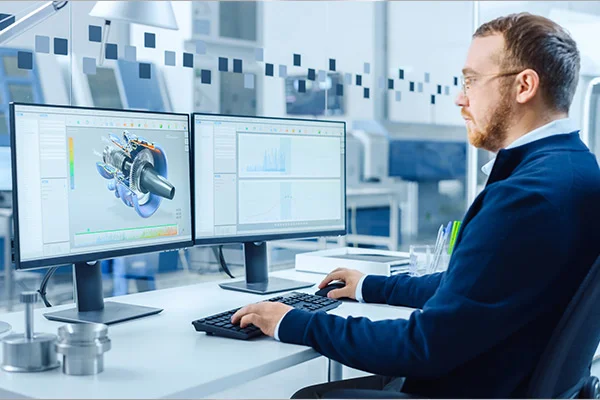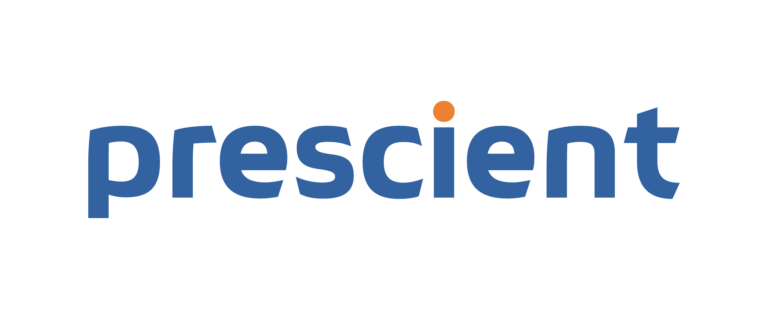Advantages of Vision-Based Inspection Systems: Enhancing Efficiency and Accuracy
- Home
- Blog Details

- June 9 2023
- admin
Table of Content
Introduction
Vision-Based Inspection Systems’ Benefits
- Enhanced Precision and Accuracy
- Increased Inspection Speed and Efficiency
- Comprehensive Inspection Capabilities
- Improved Process Control and Optimisation
- Cost Reduction and Increased ROI
- Compliance with Regulatory Standards
- Seamless Integration and Flexibility
- Non-Destructive and Non-Invasive Inspection
- Real-Time Monitoring and Quality Assurance
- Competitive Advantage and Brand Reputation
Conclusion
Introduction
High-quality control standards must be upheld for firms to succeed in today’s quickly changing industrial world. Vision-based inspection systems are a valuable tool for increasing productivity and accuracy in several industries. These systems offer many benefits over conventional inspection techniques because of artificial intelligence and modern image technologies.
This article will examine the advantages of a vision-based inspection system and how it can streamline operations, enhance product quality, and cut costs.
Vision-Based Inspection Systems’ Benefits
Vision-based inspection systems have revolutionised quality control procedures, which have given companies a solid tool to increase productivity and accuracy. Let’s explore the benefits these systems offer companies in various industries.
- Enhanced Precision and Accuracy
The ability to deliver unmatched precision and accuracy is one of the main benefits of vision-based inspection systems. These systems can find even the smallest item flaws or abnormalities because they use high-resolution cameras and advanced image-processing algorithms
Vision-based systems continually give trustworthy findings, ensuring that all quality requirements are met, in contrast to human inspectors vulnerable to exhaustion and subjectivity. This accuracy reduces the possibility that defective items will reach the market but also aids in locating process inefficiencies and prospective growth areas.
- Increased Inspection Speed and Efficiency
Regarding efficiency and speed, vision-based inspection technologies vastly surpass manual inspection procedures. Traditional techniques, including spot checks or human visual examination, take time and labour. On the other hand, systems based on vision can quickly collect, process, and analyse massive amounts of data in real-time.
As a result, producers may carry out inspections quickly without sacrificing precision. These systems move quickly, which results in more output, less downtime, and quicker product time to market.
- Comprehensive Inspection Capabilities
Vision-based inspection systems’ extensive capabilities make them appropriate for various industries and applications. These systems can inspect various product characteristics, such as dimensions, colours, forms, textures, surface flaws, and intricate patterns.
They can be taught to recognise and categorise problems using machine learning techniques by specified standards. Due to its adaptability, the system can be used by enterprises to easily accommodate new goods or manufacturing lines and various quality control requirements.
- Improved Process Control and Optimisation
By implementing vision-based inspection systems, companies can improve production control and optimisation by gaining insightful knowledge of manufacturing processes. By continuously monitoring the production line, these systems can recognise trends, deviations, or abnormalities that may impact product quality.
Because operators may make corrections right away, this real-time feedback reduces waste, rework, and scrap. The information gathered through vision-based inspections can also be used to conduct root-cause analysis, which will help to optimise processes and raise the overall quality.
- Cost Reduction and Increased ROI
Vision-based inspection systems give a large return on investment (ROI) over the long term, even though initial implementation costs may be a worry. Businesses can prevent financial losses linked to quality problems by limiting the frequency of defective items and the cost of recalls.
Additionally, the increased productivity and efficiency made possible by these systems result in higher throughput and lower labour costs. As a result, the entire cost of quality is reduced, improving profitability and giving a company a competitive advantage.
- Compliance with Regulatory Standards
Vision-based inspection systems are essential in sectors with high regulatory standards for compliance. These systems can be programmed to recognise products that don’t comply with regulations, bad labelling, or inconsistent packaging.
They reduce the possibility of regulatory penalties and legal liabilities by automatically rejecting defective items, thus preventing non-conforming products from reaching customers. Additionally, vision-based inspection systems make reporting compliance and conducting regulatory audits easier since they give thorough documentation and an audit trail.
- Seamless Integration and Flexibility
Systems for visual inspection are made to connect easily to current manufacturing lines or automated systems. They can be simply coupled with other quality control systems, such as robotics, to build a unified and effective production ecosystem. Additionally, these systems provide customisation and adaptability flexibility, and they can be modified to meet certain industry standards, product needs, and inspection standards.
Algorithms in the programme can be adjusted and updated to consider modifications to production procedures or changing quality standards. Thanks to this flexibility, businesses can scale their operations, adopt new product variations, and maintain an edge in a competitive market climate.
- Non-Destructive and Non-Invasive Inspection
Vision-based inspection systems are essential in sectors with high regulatory standards for compliance. These systems can be programmed to recognise products that don’t comply with regulations, bad labelling, or inconsistent packaging.
They reduce the possibility of regulatory penalties and legal liabilities by automatically rejecting defective items, thus preventing non-conforming products from reaching customers. Additionally, vision-based inspection systems make reporting compliance and conducting regulatory audits easier since they give thorough documentation and an audit trail.
- Real-Time Monitoring and Quality Assurance
Vision-based inspection systems provide continuous quality assurance and real-time monitoring throughout the production process. Thanks to this proactive strategy, businesses may discover and address any quality concerns early on, avoiding more serious issues.
Operators can respond quickly to real-time alerts and notifications, upholding quality requirements. Businesses may limit the impact on production timelines, reduce rework, and preserve customer satisfaction by quickly identifying deviations or abnormalities.
- Competitive Advantage and Brand Reputation
Implementing vision-based inspection systems can give businesses a considerable competitive advantage. Businesses can establish a reputation for dependability by continuously producing high-quality goods.
This increases client loyalty and trust. Furthermore, quickly identifying and fixing quality problems helps avoid product recalls, bad customer experiences, and brand reputational harm. A solid brand reputation built on exceptional product quality facilitates long-term success and market distinctiveness.
Conclusion
Many industries have experienced a revolution in quality control thanks to vision-based inspection technologies. Numerous advantages over conventional procedures can be found in their increased efficiency and accuracy and their capacity to do extensive inspections.
Business operations may be streamlined, quality control can be optimised, and organisations can gain a competitive edge in today’s fast-paced and quality-driven market climate by utilising modern imaging technology and artificial intelligence.
Ready to use a vision-based inspection system to transform your quality control processes? Get in contact with us right now to learn more about how Prescient’s cutting-edge solutions help raise productivity, accuracy, and operational excellence overall.


